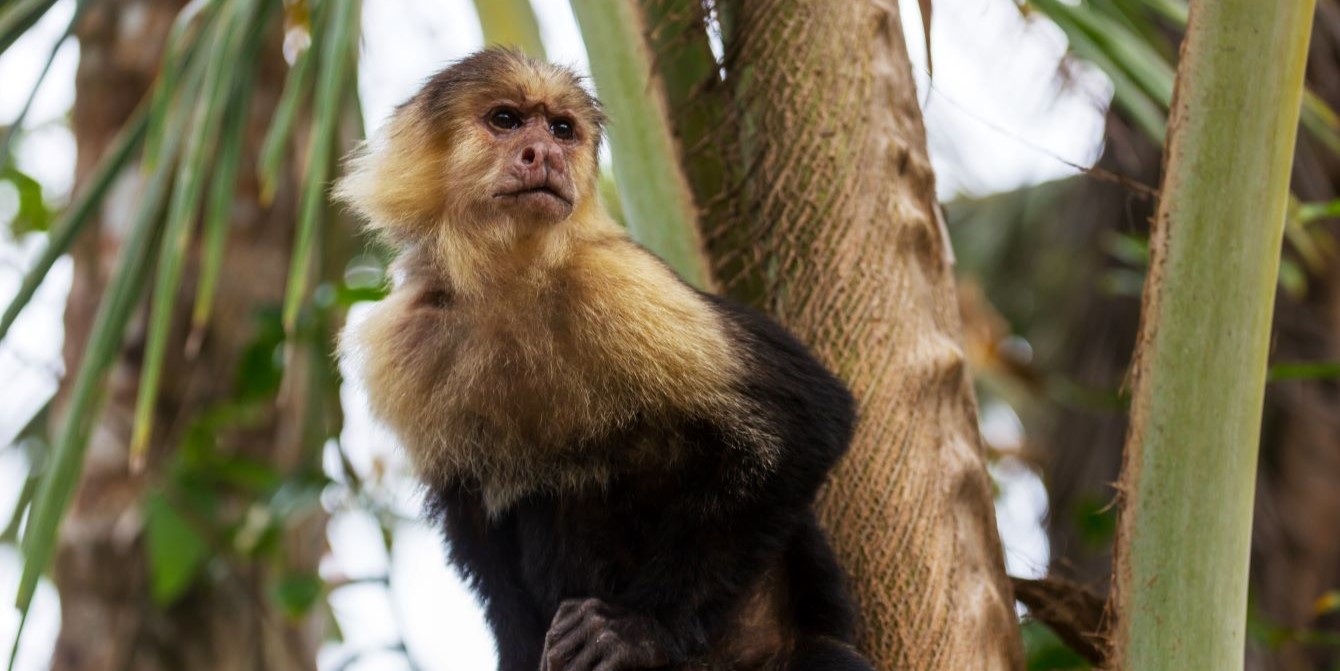Discover the impact of marine plastic pollution & how volunteering in marine conservation with GVI can provide solutions. Read more.
Petrina Darrah
Posted: May 18, 2023

GVI
Posted: February 28, 2023
Costa Rica is one of the most biodiverse countries on Earth, with over 500,000 different species calling the country home. From colourful toucans and sleepy sloths to majestic jaguars and giant sea turtles, Costa Rica’s wildlife is a major draw for tourists from around the world. However, with habitat loss, poaching, and climate change threatening the country’s biodiversity, conservation efforts have become more important than ever.
Costa Rica’s wildlife faces a number of threats, many of which are caused by humans. Habitat loss due to deforestation is one of the biggest challenges facing Costa Rica’s wildlife, as the country’s rainforests are being cleared for agriculture, logging, and development. Poaching is also a major problem, with animals like sea turtles, jaguars, and macaws being targeted for their meat, shells, and feathers. Climate change is another threat, as rising temperatures and changes in rainfall patterns can have a major impact on ecosystems and the species that rely on them.
The impact of losing biodiversity in Costa Rica would be significant, not just for the country’s wildlife, but for its people and economy as well. Costa Rica’s natural resources, including its wildlife, are a major draw for tourists, and tourism is a significant source of revenue for the country. In addition, many of the plants and animals in Costa Rica have potential medical uses, and losing them could have serious consequences for human health.
To combat these threats, Costa Rica has established a number of national parks and protected areas, which make up over 25% of the country’s land. These protected areas provide a safe haven for wildlife and allow for sustainable use of natural resources. In addition, there are a number of successful conservation projects and initiatives in Costa Rica, many of which are run by organisations like GVI.
GVI operates several conservation programs in Costa Rica, including the Jaguar Conservation Program, the Sea Turtle Conservation Program, and the Forest Conservation Program. These programs aim to protect and monitor endangered species, restore habitats, and educate local communities about the importance of conservation. Through these programs, GVI works to address the threats facing Costa Rica’s wildlife and promote sustainable practices that benefit both people and the environment.
One example of GVI’s conservation work in Costa Rica is their involvement in the monitoring and protection of sea turtles. Every year, thousands of sea turtles come to the beaches of Costa Rica to lay their eggs, but these nests are often targeted by poachers. GVI’s Sea Turtle Conservation Program works to protect these nests by patrolling the beaches at night, moving the eggs to safe locations, and educating local communities about the importance of sea turtle conservation.

If you’re planning a trip to Costa Rica, there are plenty of amazing wildlife species to look out for. Some of the most popular species include toucans, sloths, monkeys, and turtles. However, there are also many unique and endangered species in Costa Rica that are worth seeking out. The scarlet macaw, for example, is a vibrant bird with bright red feathers that can be found in certain parts of the country. The jaguar, the largest cat in the Americas, is a rare sight, but can sometimes be spotted in the country’s rainforests. The tapir, a large herbivorous mammal, is also found in Costa Rica, but is under threat due to habitat loss and poaching.
GVI’s involvement in monitoring and protecting these species is essential to their survival. For example, tracking and monitoring jaguars in the country’s rainforests, gathering data on their behaviour and habitat, and educating local communities about the importance of protecting these big cats. By working with local stakeholders, GVI is able to develop sustainable practices that benefit both people and wildlife.
While spotting wildlife in Costa Rica can be an incredible experience, it’s important to do so responsibly. Here are some tips to ensure that you are engaging in ethical wildlife watching practices:
If you’re interested in supporting GVI’s conservation efforts in Costa Rica, there are several ways to get involved. You can join one of their conservation programs and work alongside their team of experts to monitor and protect endangered species. You can also donate to GVI’s conservation efforts, which help fund important conservation projects and initiatives in the country. In addition, by choosing to travel responsibly and support ethical tourism practices, you can help promote sustainable practices that benefit both people and the environment.
Costa Rica’s wildlife is a major draw for tourists from around the world, but it’s important to remember that these animals are facing a number of threats. Through conservation efforts like those run by GVI, we can work to protect and preserve Costa Rica’s biodiversity for future generations. By supporting responsible tourism practices and getting involved in conservation programs, we can help ensure that Costa Rica’s amazing wildlife will continue to thrive for years to come.
Discover the impact of marine plastic pollution & how volunteering in marine conservation with GVI can provide solutions. Read more.
Petrina Darrah
Posted: May 18, 2023